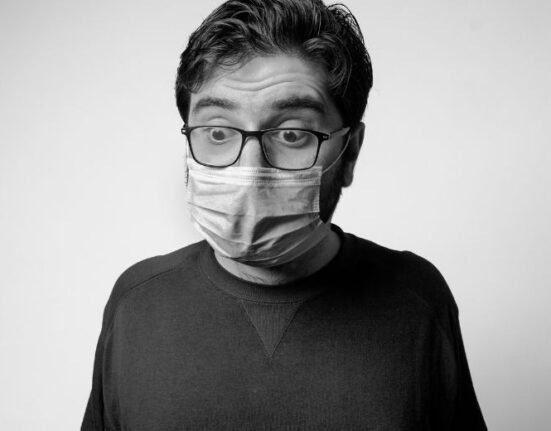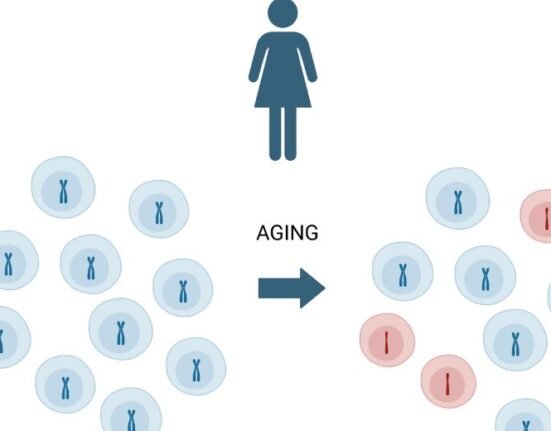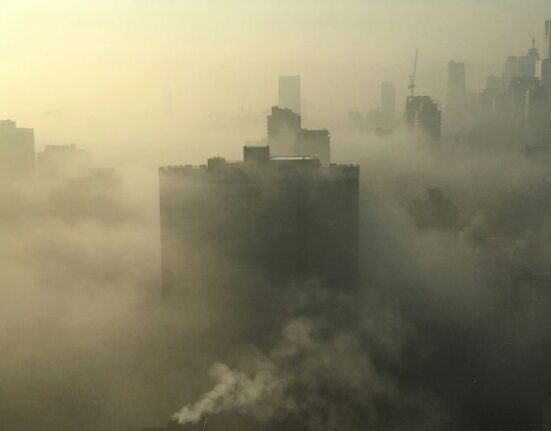HQ Team
August 13, 2023: Global air pollution can aid antibiotic resistance in humans, researchers from China and the UK found.
They checked 12 research studies conducted across 116 countries – including the UK, the US, China, India and Australia.
The study revealed the emergence of antibiotic-resistant bacteria in the atmosphere.
The researchers focused on the most dangerous type of air pollution – PM2.5.
This is a particulate matter that has a diameter of 2.5 micrometers – about 3% the diameter of a strand of human hair. PM2.5 cannot be seen by the naked eye and can easily be inhaled.
The study found that antibiotic resistance rises with increasing PM2.5 concentrations in the air.
43,654 deaths
A 10% rise in the concentration of PM2.5 was linked to a 1.1% global increase in antibiotic resistance and 43,654 deaths from antibiotic-resistant bacterial infections.
The highest levels of antibiotic resistance were seen in North Africa and West Asia. These areas also had the most severe PM2.5 pollution.
Europe and North America – which had the lowest average levels of PM2.5 pollution – had lower levels of antibiotic resistance.
The study showed there was a significant relationship between air pollution and antibiotic resistance.
The authors didn’t show evidence of causation between the two factors. Instead, they found antibiotic-resistance genes in the DNA of bacteria sequenced from air samples.
“This indicates that PM2.5 could facilitate the spread of antibiotic-resistant bacteria and genes via the air,” according to the study.
Passing the infection
Sneezing, coughing and even talking can all emit respiratory droplets. It’s also possible that a person who has inhaled antibiotic-resistant bacteria from air pollution could then pass these on to another person when they cough or sneeze.
Air pollution is also associated with a range of other health conditions – including cardiovascular disease, asthma, poorer lung function and greater risk of depression.
Antibiotic resistance is a growing threat to global health. In 2019, it caused over 1.27 million deaths worldwide – and it is projected that antimicrobial resistance may contribute to ten million deaths per year by 2050. The bacteria also spreads through contaminated food and water.
Antibiotics are used to treat bacterial infections such as urinary tract infections and pneumonia.
The misuse and overuse of antibiotics has contributed to the emergence of bacteria which harbour genes that enable them to withstand the annihilating power of antibiotics.
Much harder to treat
This results in bacterial infections that are much harder to treat.
The new study also reported that a 1% increase in PM2.5 across all regions was associated with an increase in Klebsiella pneumoniae resistance to multiple antibiotics – including polymyxins, which are the last resort of antibiotics.
Klebsiella pneumonia normally lives in human intestines and feces. This bacterium typically spreads in hospitals and can cause pneumonia, meningitis, and urinary tract infections.
Air pollution has also been shown to be a risk factor for tuberculosis caused by the bacterium Mycobacterium tuberculosis which has developed resistance to multiple antibiotics.
Environmental changes caused by air pollution — such as increased temperature and humidity — may also make it easier for resistant bacteria to thrive.
Habits and customs
“The underlying mechanism of air pollutants affecting antibiotic resistance is still unclear, and more medical evidence is still needed to verify this occurrence,” the authors wrote in Lance Planet Health.
Additional social, economic, and environmental factors should be introduced to comprehensively assess the association with antibiotic resistance, they said.
This includes food ingestion, veterinary antibiotic use, exposure to other pollutants, extreme environmental events, habits, and customs.








